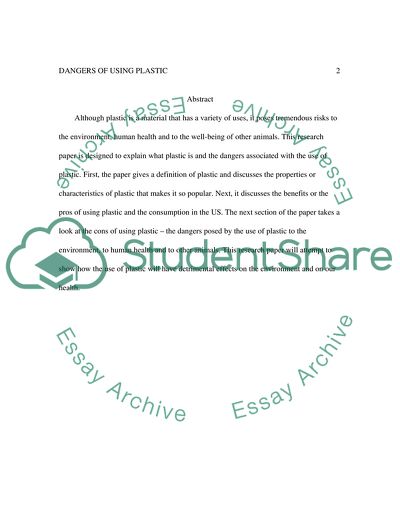Cite this document
(“Plastics: Although plastics has been playing a major role in our Research Paper”, n.d.)
Plastics: Although plastics has been playing a major role in our Research Paper. Retrieved from https://studentshare.org/miscellaneous/1576436-plastics-although-plastics-has-been-playing-a-major-role-in-our-lives-it-poses-a-tremendous-danger-to-the-health-of-humans-and-other-animals
Plastics: Although plastics has been playing a major role in our Research Paper. Retrieved from https://studentshare.org/miscellaneous/1576436-plastics-although-plastics-has-been-playing-a-major-role-in-our-lives-it-poses-a-tremendous-danger-to-the-health-of-humans-and-other-animals
(Plastics: Although Plastics Has Been Playing a Major Role in Our Research Paper)
Plastics: Although Plastics Has Been Playing a Major Role in Our Research Paper. https://studentshare.org/miscellaneous/1576436-plastics-although-plastics-has-been-playing-a-major-role-in-our-lives-it-poses-a-tremendous-danger-to-the-health-of-humans-and-other-animals.
Plastics: Although Plastics Has Been Playing a Major Role in Our Research Paper. https://studentshare.org/miscellaneous/1576436-plastics-although-plastics-has-been-playing-a-major-role-in-our-lives-it-poses-a-tremendous-danger-to-the-health-of-humans-and-other-animals.
“Plastics: Although Plastics Has Been Playing a Major Role in Our Research Paper”, n.d. https://studentshare.org/miscellaneous/1576436-plastics-although-plastics-has-been-playing-a-major-role-in-our-lives-it-poses-a-tremendous-danger-to-the-health-of-humans-and-other-animals.


